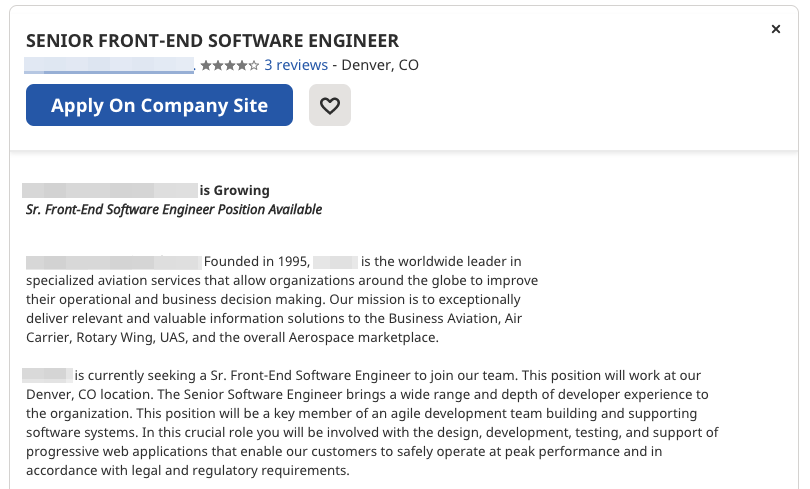Hiring Equity: Why the Job Description Matters
Your job description shapes your applicant pool. If you're not focused on creating equity, then you're perpetuating inequity.

In the conversation around Diversity, Equity, and Inclusion (DEI), the sequence is often overlooked. I believe that you can (1) build equitable structures and practices that then (2) encourage diversity and (3) if they combine correctly, create a space of inclusion.
As an organizational leader, I have the opportunity to build for equity in our processes, patterns, policies, and structures. I've always been one to bend and break the rules, so I really enjoy the exercise of rethinking or changing "how it's supposed to be." Those old ways gave us the world we have, so why would we follow them to build a new one? This week we're publishing a new job opening, and I wanted to take the time to break down our theories that go into creating equitable hiring practices.
Under the old rules, managers hate writing job descriptions, potential applicants hate reading them, and neither side really gets what they need out of it. Most job descriptions boil down to "here's a job title and a bunch of words that don't tell you anything about the job, a laundry list of technologies we happen to be using at this moment, and MAYBE an unhelpful salary range." Sometimes it's even hard to understand what the company or team really does. These kinds of job descriptions fail to fulfill their one job, to help an applicant understand: is this the just-right job for me?

It's subtle, but the old rules ensure that the company and the in-group maintain all the power. When the description lacks detail, you don't see strong newcomer candidates applying. No one reads pages of platitudes and says "they're talking about me!" Instead, the applicants who come in are either (a) people applying for every job that gets posted in that category/industry/town, or (b) people who were referred to it by someone who knows the real deal.
Smaller companies will say that they don't even need job descriptions – their existing people refer all the candidates. It's a well-intentioned but naive strategy. It has the same problem as our reliance on one genetically-identical banana plant around the world: fragility. If the wrong pest or virus pops up, the whole crop is wiped out. And, when your monoculture small company just refers more new people from the same small pool, you've built yourself a banana republic.
It's more insidious when we look at the tech industry. The pool of existing employees in most companies is dominantly white or Asian and male in engineering roles, and white and two-genders in non-engineering roles. Those white people probably grew up in white families, in white neighborhoods, went to white schools, and have predominantly white friends. There's no surprise who they'll be referring for the job!

Posting the job description publicly can diversify the overall pool, but most of the time the actual hire is going to be one of those insider referrals. Why? It's not just that those candidates get the best information, it's that they're the ones who get any actionable information. The insider-referral knows it's a job for them because their friend told them all about the work, the team, and the company. The outsider candidate reads a shitty job description then throws in a boilerplate application to see what happens.
Now think about race, class, and access in the outcome – the applicant pool has two significantly different segments: the insider whites with great applications, and the more diverse outsider pool with applications lacking compelling detail. Many of those outsiders are applying for every job, so their application boils down to "I heard you have a job and I would like one." And, when that segment of uninformed outsiders accounts for all the diversity, then the hiring manager says "we just can't lower the bar to hire these people of color."
You're not a tiki-torch carrying, polo-shirt-wearing kind of racist. But we have to start understanding that perpetuating these inequitable systems, ensuring that the people in power stay in power, is everyday racism.
As an educator, I have the anti-privilege of watching hundreds of people apply for jobs to hundreds of companies. It's hard to watch. A few companies are doing it really right, and the rest – I think they don't even understand what they're doing wrong.
From here, we'll next dig into how we can create equity in job descriptions by being clear and precise in talking about salaries. Look for the Part 2 to be published this week!
I’m Jeff Casimir, the founder and Executive Director of the Turing School of Software & Design. I'm probably in my "work sweats" right now.
This article was written with review and edits from Erin Williams and Allison Reu Singer. Header image courtesy of Steve Halama.

